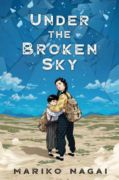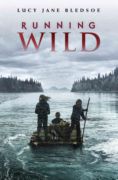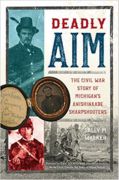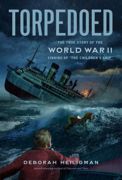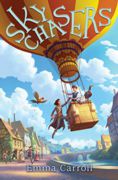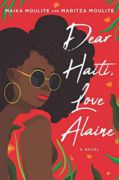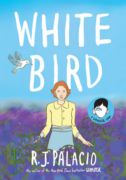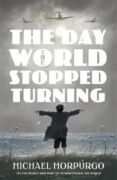
It is June 6, 1944, D-Day, and Dee Carpenter (true name Dietrich Zimmermann), an underage private in the United States Army, is headed for Omaha Beach, seeking revenge for his uncle, who was arrested by Nazis when Dee was a little boy; meanwhile, Samira Zidano, an 11-year old French-Algerian girl is looking for the French resistance, desperate to deliver the message that the invasion is about to begin, and get their help in freeing her mother–this is the most important day of the twentieth century, and both children want to fight, and survive.

